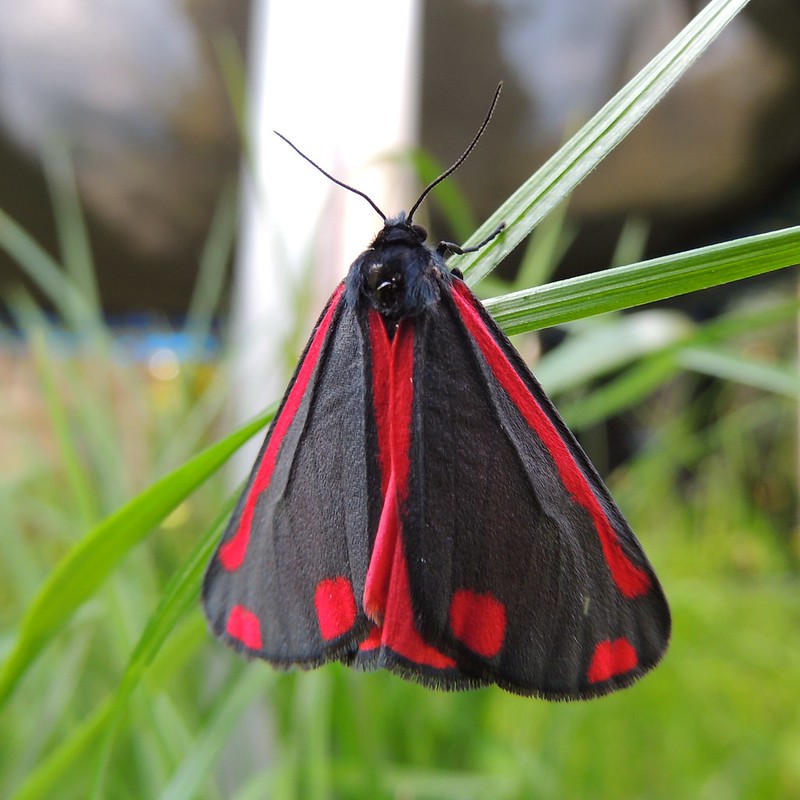
Butterfly Conservation’s Moth Recorders Meeting provides an essential update for ecologists, wildlife watchers, and naturalists interested in the latest developments in moth recording, research, and conservation. Introduced by director of business and research, Russel Hobson, this year’s meeting was held online via Zoom on Saturday 25th January, and comprised of a variety of talks by keynote speakers including Dr Zoë Randle, David Hill and Dr Avalon Owens.
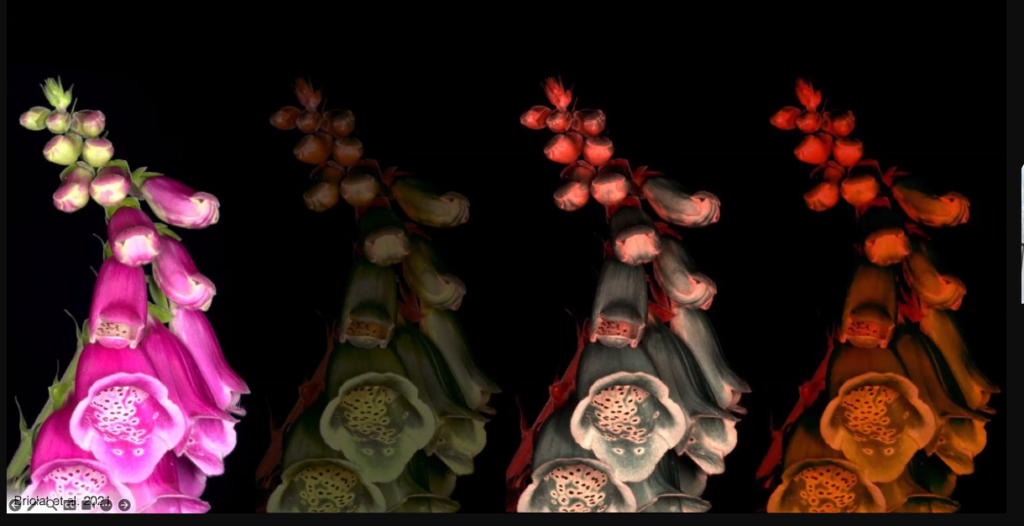
Dr Zoë Randle, Butterfly Conservation: National Moth Recording Scheme Update
The first speaker, Butterfly Conservation’s Dr Zoë Randle, shared an update on the National Moth Recording Scheme and key trends. Over 600,000 observations were submitted on iRecord throughout2024, bringing the total macro moth records to 36.2 million and micro moth records to 7.4 million in the National Moth Recording Scheme. Despite an increase in moth recording last year, Zoë emphasised the importance of both recorders and verifiers, while also stressing the need for more volunteers to streamline the verification process.
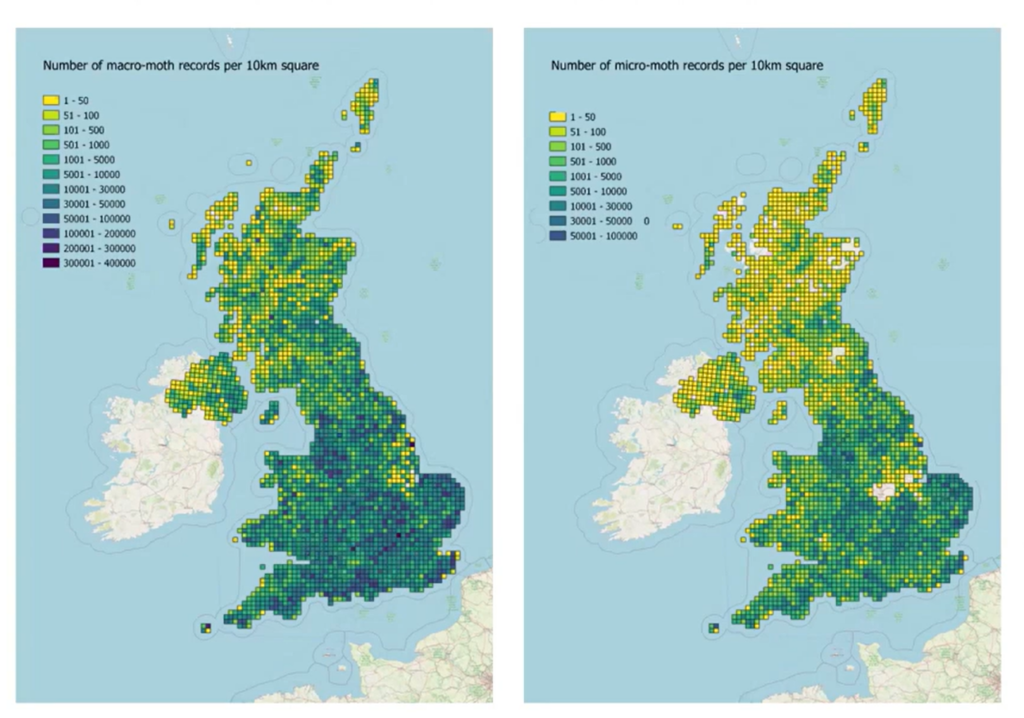
Dr Norman Lowe, County Moth Recorder, Breconshire: Charismatic Clearwings in mid-Wales.
Dr Norman Lowe, County Moth Recorder for Breconshire, discussed clearwings in mid-Wales, presenting the group as flagships for dayflying moths and provided an update on clearwing records during 2024. Last year, 31 more recorders and ten more pheromone traps/lures were supplied to aid in recording, resulting in a total of 80 clearwing observations for 2024. Data revealed some local and scarce species, including the Welsh Clearwing and Red-tipped Clearwings, and highlighted species which are common and widespread, like Lunar Hornet Moths.
David Hill, Conservation Manager (Scotland), Butterfly Conservation: Black, White, Red & Gold – surveying Argyll’s rare moths
Next to speak was David Hill, who reported on two key species that he has been working with in Scotland: White Spotted Sable Moths and Transparent Burnet. He discussed the background and biology of the species, as well as the efforts undertaken to better understand their pressures and distribution.
- 2024 larval surveys uncovered 30 White Spotted Sable caterpillars over three days and allowed surveyors to categorise habitat. This coming year, the team will look to rear caterpillars to confirm identification, start adult surveys and seek out sites where Anania terrealis, a commonly mistaken species, is present.
- Transparent Burnets are a focus for Scottish conservation projects as part of the Species on the Edge programme. This rarely recorded species is one of concern due to loss of suitable habitat and work will continue throughout 2025 to establish the distribution and abundance of this moth across Argyll.
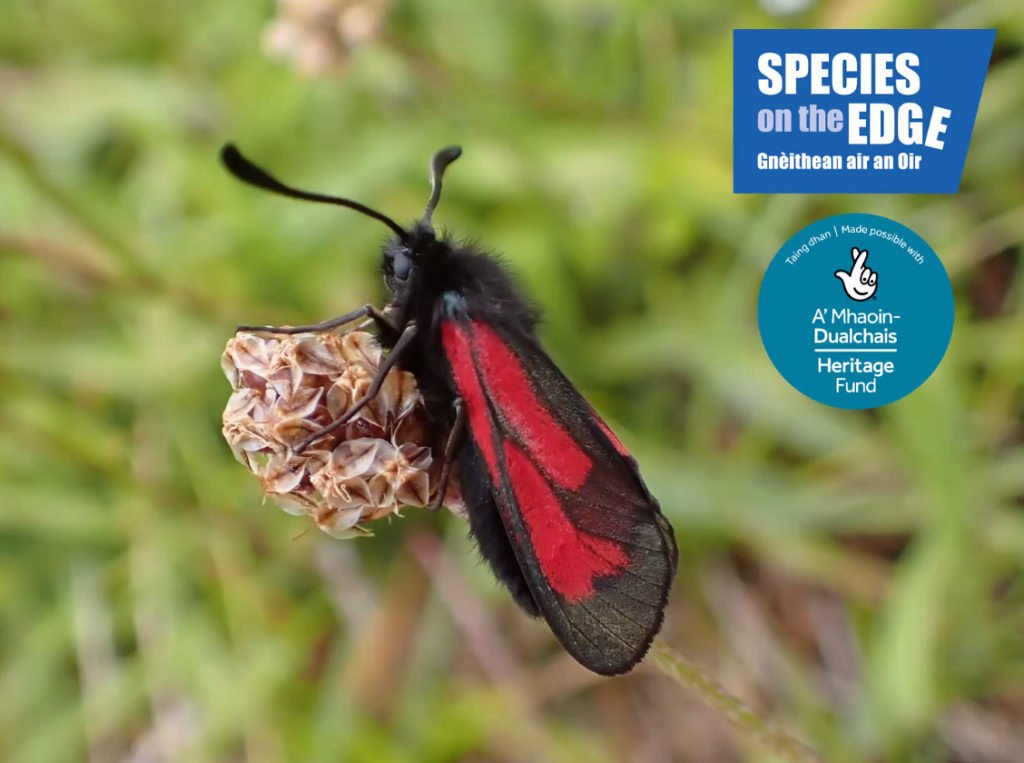
Dr Luke Evans, Butterfly Conservation: Can we measure the impact of insect change on bird and bat populations?
Dr Luke Evans discussed the DRUID project, which has operated since 2021 and aims to investigate the drivers and repercussions of UK insect decline. Evans discussed the impact of this catastrophic decline on species whose diets are adapted to insects, true correlation vs random correlation (the observation data conundrum) and the suggestive patterns of decline in birds as a result of this. The use of key data, including that in the National Moth Recording Scheme, demonstrates the importance of national monitoring data for evaluating insect abundance and the direct impacts of insect change.
Dr Sam Fabian, Imperial College London: Understanding why artificial lights trap flying insects using high-speed videography
The next presentation was delivered by Dr Sam Fabian, who explored the aggregation of insects around bright light sources, how artificial light can impact insect flight and the behavioural mechanisms behind it. Fabian suggests that circling behaviour around bright light sources is due to dorsal light response – a stabilising reflex where insects angle their body to orientate bright lights above them – which causes erratic flight paths around artificial light sources.
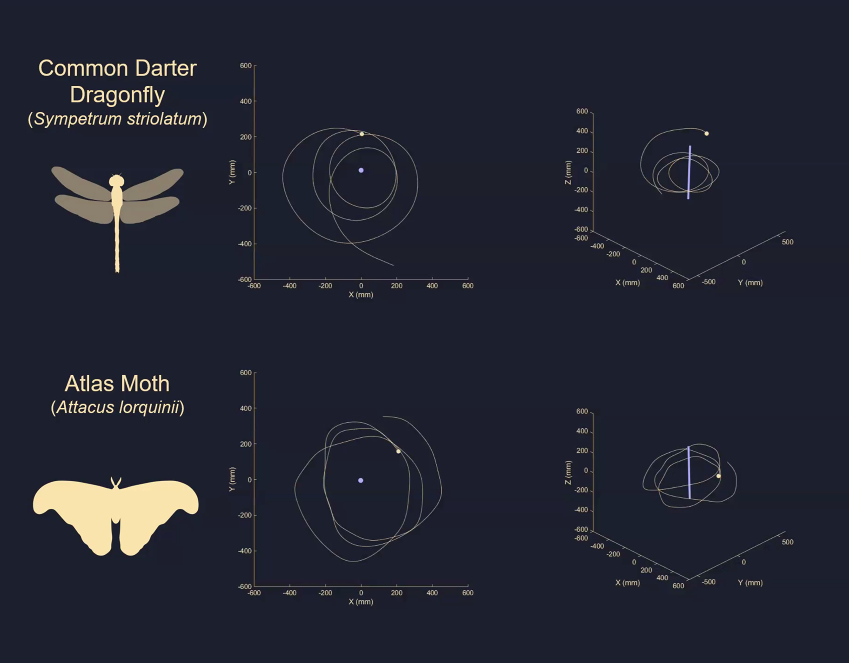
Dr Avalon Owens, Rowland Institute, Harvard University: Do sustainable lighting practices sustain moths?
Last to speak was Dr Avalon Owens, who concluded the session with an insightful discussion on the impacts of light pollution on moths. This growing threat is one of many that impacts global insect abundance and diversity, and can have a range of negative impacts on insect behaviour, including: fatal attraction, temporal and spatial disorientation and visual confusion. These can have catastrophic effects on insects internal body clock, navigation ability and recognition of resources. With light pollution levels growing and expanding exponentially, Dr Owens also outlined key routes to tackle the issue by creating sustainable lighting that is useful, targeted, controlled, low level and warm coloured.
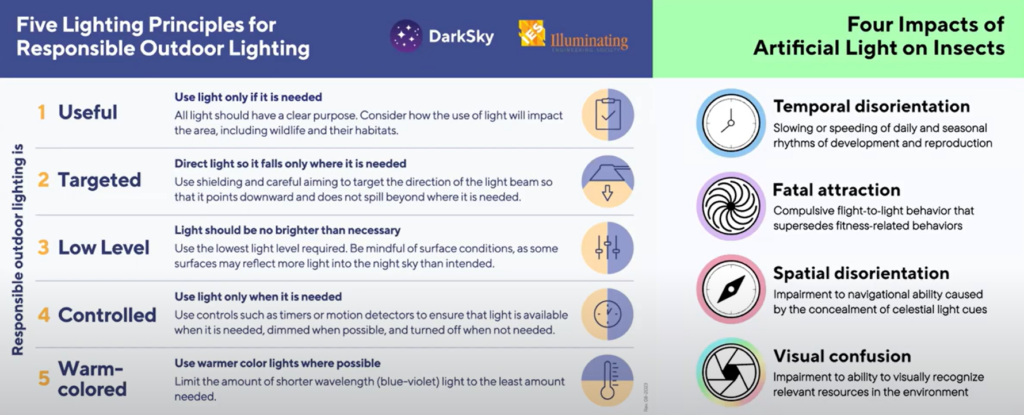
This year’s Moth Recorders Meeting was a fascinating insight into the National Moth Recording Scheme, key trends and developments in moth ecology and conservation, and the threats to these undervalued insects. Find out more about Butterfly Conservation, their valuable work and ways to get involved on their website.
To hear more from this year’s speakers, a recording of 2025’s meeting can be found on the Butterfly Conservation YouTube channel.

